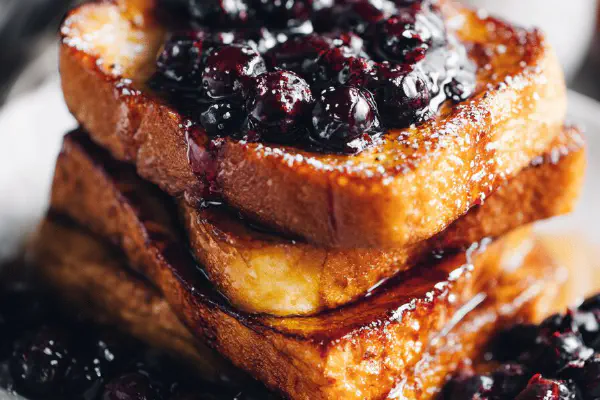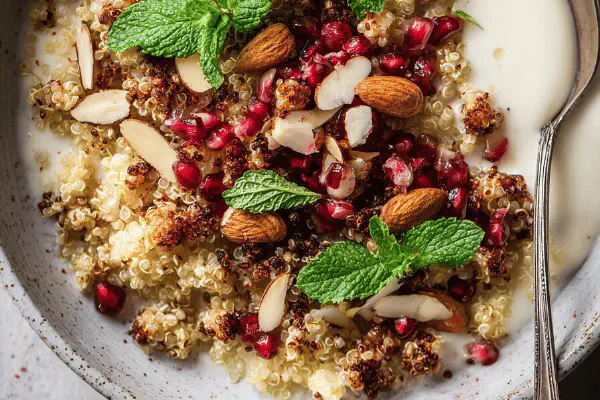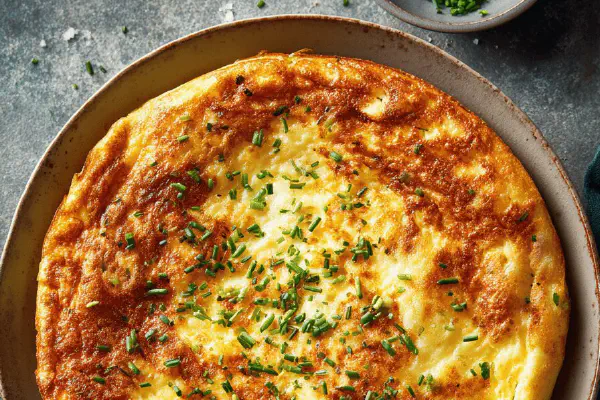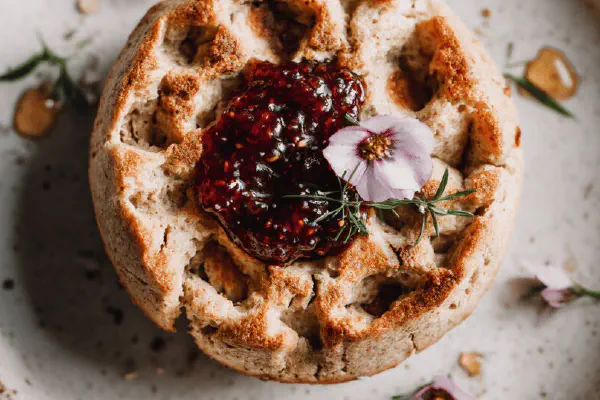Rustic Herb Scones
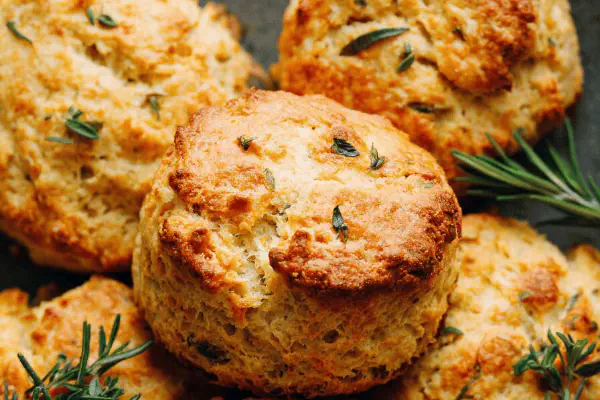
E
By Emma
Certified Culinary Professional
•
Recipe tested & approved
Fluffy, lightly savory scones with a hint of fresh herbs. Uses spelt and oat flours, baking soda replaces powder. Butter swapped with olive oil. Slightly denser texture, tender crumb. Rest time adjusted to 25 minutes. Bakes in 12-18 minutes. Ideal for tea or breakfast, creamy spread or herbed cream cheese. No eggs or nuts. Easy handheld treats with a subtle earthy twist from rosemary and thyme added into the dough.
Prep:
20 min
Cook:
15 min
Total:
40 min
Servings:
9 servings
#savory baking
#breakfast
#British-inspired
#herb baking
#vegetarian
#no eggs
#spelt flour recipes
Scones, basic, but changed up. Flour swapped from all-purpose to spelt and oat, denser, nuttier. Baking soda steps in instead of powder, giving a different lift. Butter out, olive oil in. Makes dough softer, less flaky, more moist. Herbs chopped fresh, thyme and rosemary, sneak flavor bites throughout. No nuts, no eggs, easy breakfast or teatime snack. Dough handled lightly, break rest time by 5 minutes less. Baked until golden edges, tender centers. Flavors earthy, slightly savory, good with cream cheese laced with more herbs. Simple but worth it.
Ingredients
- 300 ml spelt flour
- 150 ml oat flour
- 12 ml baking soda
- 1 pinch salt
- 40 ml granulated sugar
- 80 ml olive oil, chilled
- 190 ml milk, room temperature
- 10 ml fresh rosemary, finely chopped
- 10 ml fresh thyme, finely chopped
About the ingredients
Using spelt and oat flours cuts the refined white’s uniform texture, adding roughness and nuttiness. Oat flour helps absorb moisture, keeping crumb tender. Baking soda replaces powder but needs acid; the olive oil’s slight acidity, plus the milk’s warmth, coax lift. Olive oil chills to ensure dough isn’t too wet, avoiding heavy dense scones. Herbs must be chopped finely so they mix evenly without clumps. Sugar reduced slightly to balance savory notes. Milk warmed to roughly room temp helps bring dough together smoothly. Don’t overload with flour during shaping; dough rather soft than stiff.
Method
- 1. Oven preheated to 175 ºC (347 ºF). Line baking sheet with parchment paper.
- 2. Combine dry flours, baking soda, salt, sugar, herbs in a large bowl. Cut in the olive oil with two knives until mixture resembles coarse crumbs.
- 3. Stir in milk with a knife until just mixed. Avoid overworking.
- 4. Lightly dust work surface with oat flour. Pat dough to 2.5 cm (1 inch). Use 6.5 cm (2 1/2 inch) cutter. Yields 9 rounds. Place on baking sheet, cover loosely with clean cloth. Rest 25 minutes in warm spot.
- 5. Bake on middle rack 12 to 18 minutes, edges golden, centers firm.
- 6. Cool slightly. Serve with herbed cream cheese or clotted cream. Eat warm or room temp.
Cooking tips
Start by heating the oven well ahead to ensure perfect baking environment. Combining dry ingredients first, including herbs, means even distribution. Cutting oil with knives creates small fat pockets giving subtle texture rather than grainy mouthfeel. Adding milk last and mixing with a knife prevents gluten over-development — scones suffer if dough’s tough. Pat dough gently to thickness; too thin loses fluffiness, too thick risks uncooked center. Resting covered keeps moisture balanced, dough relaxes avoiding toughness. Bake on center rack to get even heat exposure. Watch time; from 12 to 18 minutes depends on your oven. Serve slightly cooled so flavors set but still tender.
Chef's notes
- 💡 Chill olive oil before cutting in. Keeps dough from becoming too wet. Use two knives to cut oil so little fat pockets form. No grainy bits. Helps texture slightly soft but not greasy.
- 💡 Rest the dough covered on warm spot exactly 25 minutes. Less cool or no rest changes crumb to tougher. Moisture evens out, gluten relaxes. Don’t skip this or scones lose tender bite.
- 💡 Use room temperature milk not cold. Warm milk helps activate baking soda with mild acidity from oil for rise. Cold milk retards chemical reaction, denser scones result.
- 💡 Dust work surface with oat flour, not spelt. Oat flour absorbs moisture better, prevents sticking, while keeping dough soft. Don’t add too much flour when shaping, dough should be slightly sticky.
- 💡 Cut dough to about 2.5 cm thick. Thinner loses fluffy center, thicker risks uncooked dough inside. Bake on middle rack for even heat. Monitor between 12-18 minutes; subtle browning signals ready.
Common questions
Why olive oil instead of butter?
Olive oil chills better, less flaky but moister crumb. Butter would make flaky layers. Oil gives dense soft texture good for handheld. Flavor mild, no strong oily taste.
Can I use all-purpose flour here?
Yes but different outcome. Spelt and oat add nuttiness, rougher texture. AP flour makes lighter, fluffier but less earthy. Adjust liquid a little if subbing flours.
What if my scones turn out tough?
Likely overmix or no rest. Mixing too much develops gluten. Rest relaxes it. Also avoid too much flour in shaping, stickier dough better. Oven too hot can toughen crust.
How to store leftovers?
Wrap cooled scones airtight or in container. Room temp works couple days, fridge longer but dries out faster. Freeze individually, thaw gently. Reheat slightly in oven or microwave.
